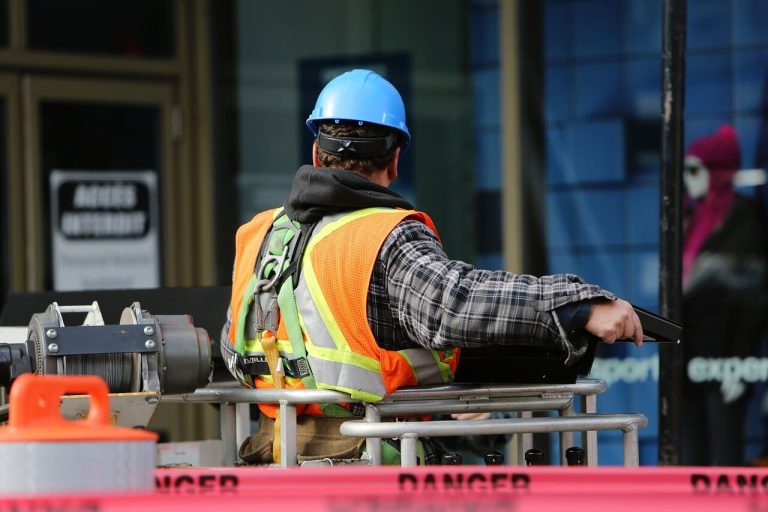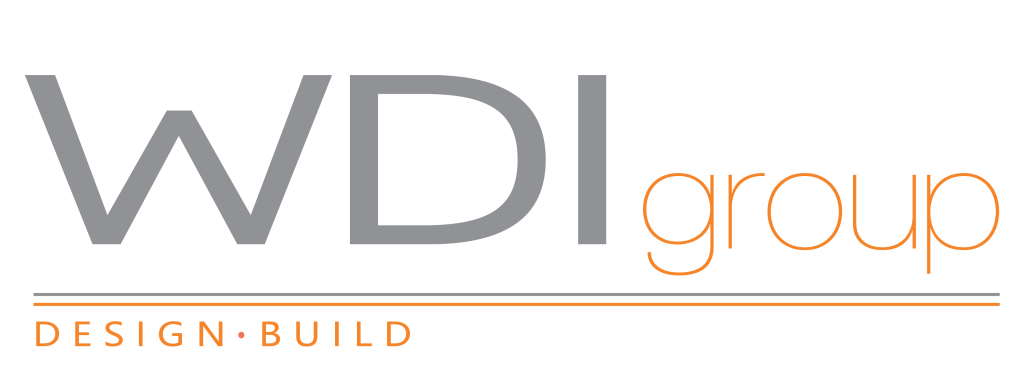What is a Tenant Improvement Allowance?

If you are looking for a new office space, adapting an existing space to your current and future needs will entail significant costs. Although these expenses may be intimidating, as a tenant you do have options at your disposal to help you alleviate some of the costs of leasehold improvements in commercial real estate spaces. One of the most effective is a tenant improvement allowance.
A tenant improvement allowance, as known as a TI, TIA, or TI allowance, is a sum of money a landlord offers their commercial property tenant to cover the cost of renovating their space or building. Tenant improvement allowances usually come in the form of an agreed upon lump sum or a dollar amount per square foot.
For example, if a landlord is offering $20.00 per square foot on a 2,000 square foot commercial office space, the landlord will reimburse the tenant for $40,000 worth of construction costs.
By allowing certain tenant improvement costs to be taken care of through the allowance, you can free up funds to pay for other expenses like office design and office furnishing purchases; both of which are critical to creating an inviting atmosphere where your staff can thrive.
But how do you get a tenant improvement allowance? What does it apply to? And how much money are we talking about? Read on to find out all this and more.
How Does Tenant Improvement Allowance Work?

Tenant improvement allowances are negotiated between the landlord and the tenant. Some landlords offer a TIA as a lease incentive to attract prospective tenants. If a landlord does not offer a TIA, you can broach the subject with them and negotiate it into the lease agreement. In certain cases landlords may agree to a TIA in exchange for a longer lease term or the removal of deferred rent payments.
The type of business you have, and the other key aspects of the lease will play a factor in how big of a tenant improvement allowance you can secure. To get an accurate understanding of this number, landlords will often request that potential tenants provide proof of financials in the form of tax returns covering a period of two to three years, as well as balance sheets, profit and loss analyses, or other documents that show their underlying financial capabilities.
What Do Tenant Improvement Allowances Cover?

Tenant improvements allowances typically apply to both hard costs and soft costs associated with a tenant’s move-in or build-out of a leased space. Hard costs are enhancements that will be left behind once the tenant vacates the space, such as framing, walls, HVAC systems, electric wiring, plumbing fixtures, doors and windows.
Soft costs are intangible expenses like architectural and engineering fees, legal fees, the construction management fee, and insurance expenses. While these soft costs may not be beneficial to the landlord, they are nonetheless an important part of the construction process, which is why they are usually eligible to be covered by the TIA
What Don't Tenant Improvement Allowances Cover?
Miscellaneous expenses that are specific to the current tenant, on the other hand, most likely will not be covered by a tenant improvement allowance. The landlord does not stand to gain from covering an expense if it is not useful or appealing to them or the next tenant. Such expenses may include furniture, inventory, equipment, and moving expenses. In some cases, however, the landlord may make exceptions if it means securing the tenant for a longer term, but in most cases, the landlord will only cover expenses that improve the property’s long-term value.
What is An Average Tenant Improvement Allowance?
The tenant improvement allowances can range anywhere between $10-$40 per square foot. The amount a tenant receives is based on multiple factors such as the market conditions, the newness of the space, the length of the lease, the type of space, and your financial information. Each factor plays a role in determining an appropriate tenant improvement allowance amount. With so many variables at play, it is useful to have a general idea of how much the construction costs will be before beginning TIA negotiations.
It is also important to note that the tenant improvement allowance is often provided as a reimbursement on construction cost, meaning the tenant must be prepared to pay for the build-out upfront. Landlords typically require tenants to submit the invoices associated with the construction costs before providing the allowance.
Tenant Improvement Allowance Accounting
TIA accounting accounting depends on who owns the improvements. More often than not, the landlord owns the improvements but in some situations it can be the tenant. Here is a quick description of the accounting for each case. For a more in-depth examination, consult a licensed accountant.
When the Landlord Owns the Improvements
Landlords who own tenant improvements must carefully account for these as fixed assets and track their depreciating value over time. The depreciation period is generally the lifespan of the improvement or the duration of the lease, whichever is shortest. This requires precise calculation and maintenance of accurate financial records, ensuring a clear understanding of any changes in value associated with the improvements over time.
When the Tenant Owns the Improvements
When a tenant owns the improvements in a leasing arrangement, they should record the TIA as an incentive or tenant inducement. From an accounting standpoint, this should be treated as a capital expenditure and an appropriate amount of depreciation should be allocated over the rental term. It is important to note that any salvage value of these assets is excluded from the depreciation calculation, since the landlord will assume ownership of remaining assets once the lease has been terminated.

Need Help With the Build-Out? WDI Group Can Help!
When it comes to setting up a successful business, the tenant improvement allowance can be a useful tool. Although the landlord typically owns the improvements, the tenant is usually responsible for organizing the build-out.
With over 45 years in workplace design, furnishing, and most importantly within the context of TIAs, construction, WDI Group offers the flexibility and know-how to execute an office construction project tailored to your specific business needs. Click here to set up an appointment now!

